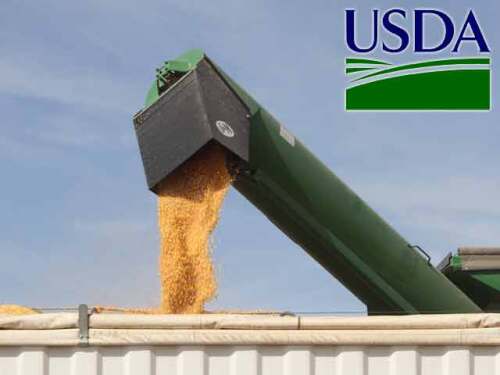Agriculture News
USDA cut its soybean crop estimate by 153 bu. from last month, whereas traders expected a 35-million-bu. reduction.
Our updated monthly and quarterly price forecasts.
The U.S. Climate Prediction Center (CPC) now says there are 91% odds La Niña will persist through the September-November timeframe and 54% chances it lasts through January-March 2023.
Drought improvement was seen in Texas, but conditions worsened in the Central and Northern Plains, along with areas of the Midwest.
Grain and soybean futures traded both sides of unchanged overnight, with corn weaker while soybeans and wheat are firmer this morning.
There is an expected weakening of demand over the next six to 12 months.
Corn and soybean basis continues to weaken as early harvest begins.
The latest ENSO forecast model runs by the U.S. National Oceanic and Atmospheric Administration (NOAA) suggested that La Nina may last longer than previously suggested.
Wheat futures surged overnight amid news Russia is rethinking the Ukraine grain export deal. Corn and soybeans followed wheat to the upside.
The CCI rating has dropped for eight straight weeks for corn; five consecutive weekly declines for soybeans.
Sep. 1 marks the calendar for a new marketing year. Corn and soybean inspections make a notable start; ahead of last year.













